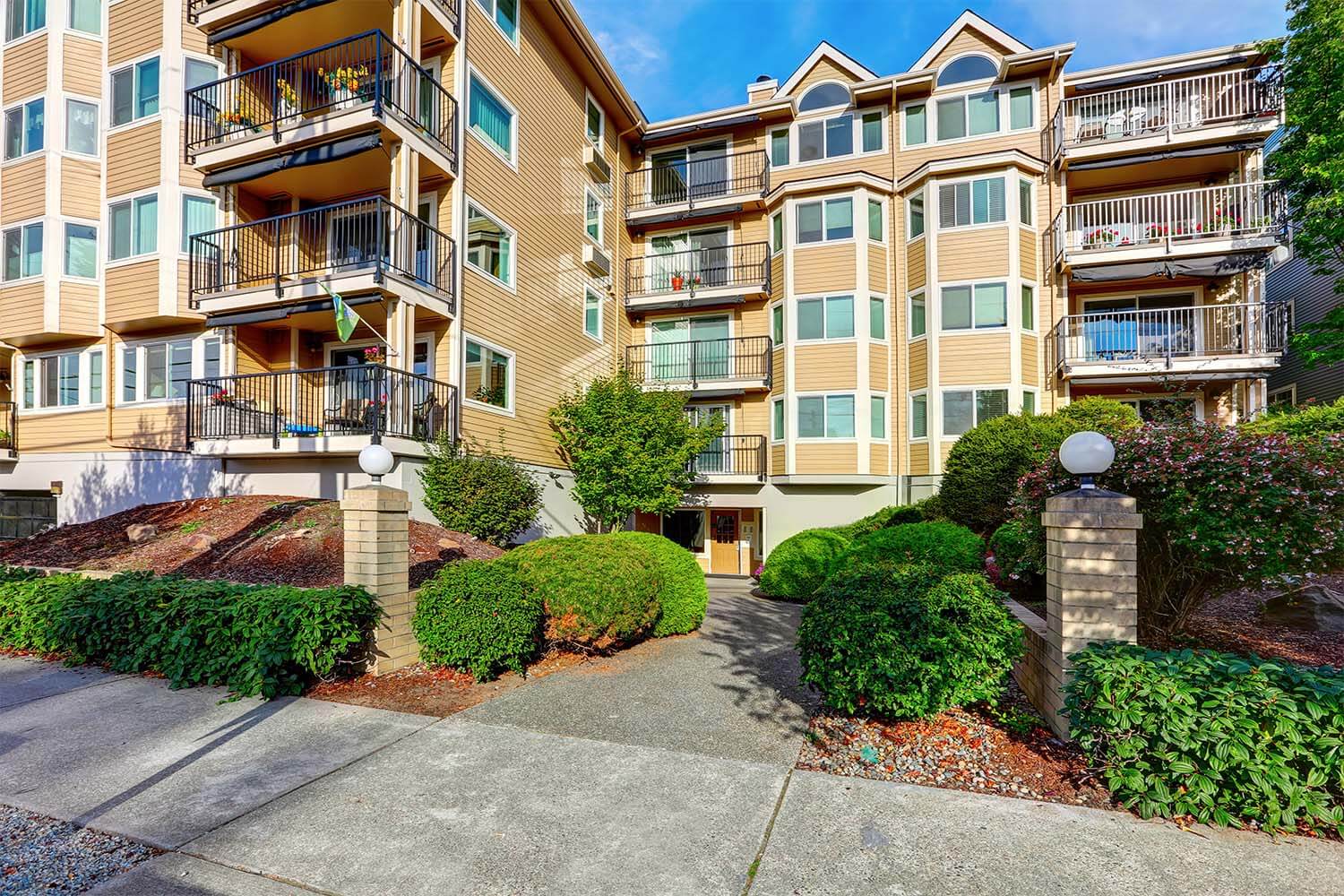What Strategies Can I Use to Price My Rental Competitively While Maximizing Owner Income?

Pricing your rental property competitively while maximizing owner income is a delicate balance that every property manager aims to achieve. Setting the right rental price is crucial because it directly impacts both your occupancy rates and overall profitability. The goal is to attract reliable tenants quickly without leaving money on the table. This involves a deep understanding of market dynamics, local trends, and strategic pricing adjustments.
Understanding Market Trends
To price your rental property competitively, it’s essential to understand the current market trends. Conducting thorough market research can provide valuable insights into what similar properties in your area are charging. Utilize tools and resources such as rental market reports, online listing platforms, and local real estate data to analyze trends. Pay attention to factors like average rental prices, vacancy rates, and the economic conditions influencing the rental market. By staying informed about these trends, you can make data-driven decisions that help set a competitive yet profitable rental price.
Setting a Competitive Price
Once you have a clear understanding of the market trends, the next step is to set a competitive price for your rental property. Start by comparing your property to similar ones in the same area, considering factors such as size, condition, and amenities. Properties with unique features or high-quality amenities can justify higher rental prices. Additionally, consider the occupancy rates in your area; if properties are filling up quickly, you might be able to set a higher price. Conversely, if there are many vacancies, you may need to price more competitively to attract tenants.
Adjusting for Seasonality
Rental demand can fluctuate throughout the year, often influenced by seasonal trends. For instance, rental demand might be higher during the summer months when people are more likely to move. To maximize your rental income, adjust your pricing strategy to account for these seasonal variations. During peak seasons, you can set higher rental prices, while in off-peak times, you might need to lower the price slightly to maintain occupancy. Understanding these seasonal trends can help you optimize your rental income throughout the year.
Balancing Rent and Occupancy
Finding the right balance between high rent and high occupancy is key to maximizing your rental income. While setting a high rent might increase your income per unit, it can also lead to longer vacancy periods, which can ultimately reduce your overall income. On the other hand, setting a lower rent might attract more tenants quickly, ensuring high occupancy rates but potentially leaving money on the table. The goal is to find a pricing sweet spot where your rental property remains attractive to tenants while still generating substantial income.
Regularly Reviewing Rental Prices
The rental market is dynamic, and prices can change due to various factors such as economic conditions, changes in the neighborhood, or shifts in demand. Regularly reviewing and adjusting your rental prices is essential to stay competitive. Conduct periodic assessments of your rental property’s performance and compare it to the current market conditions. If necessary, adjust the rent to reflect these changes. Regular reviews ensure that you are not underpricing or overpricing your property, helping you to maximize your income consistently.
Conclusion
Effectively pricing your rental property requires a combination of market research, strategic adjustments, and continuous monitoring. By understanding market trends, setting competitive prices, adjusting for seasonality, balancing rent and occupancy, maximizing fees, and regularly reviewing prices, you can find the optimal pricing strategy that attracts tenants while maximizing owner income. Achieving this balance is key to the success of any rental property investment.

